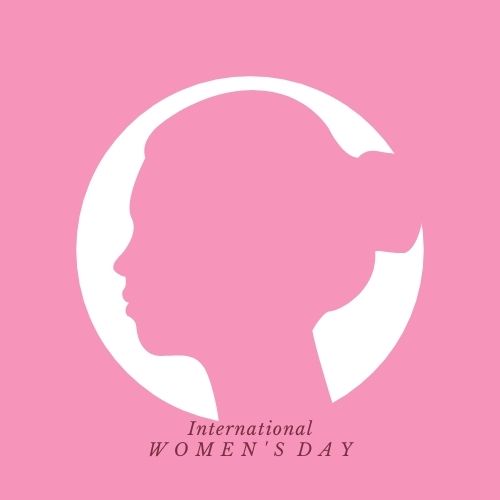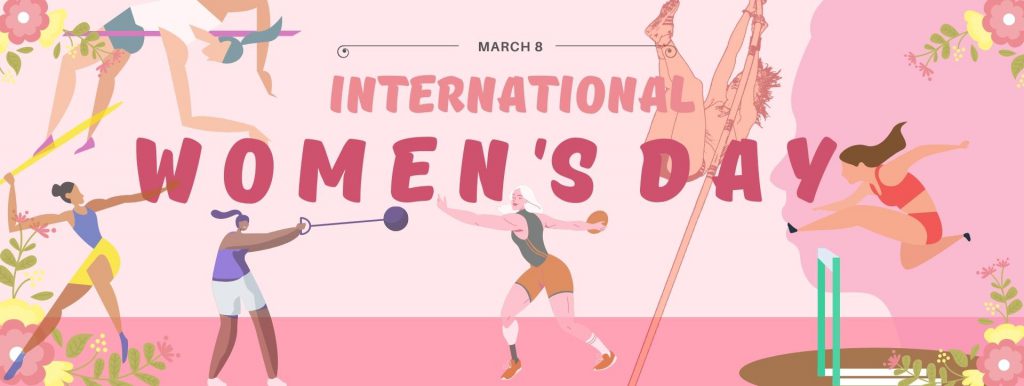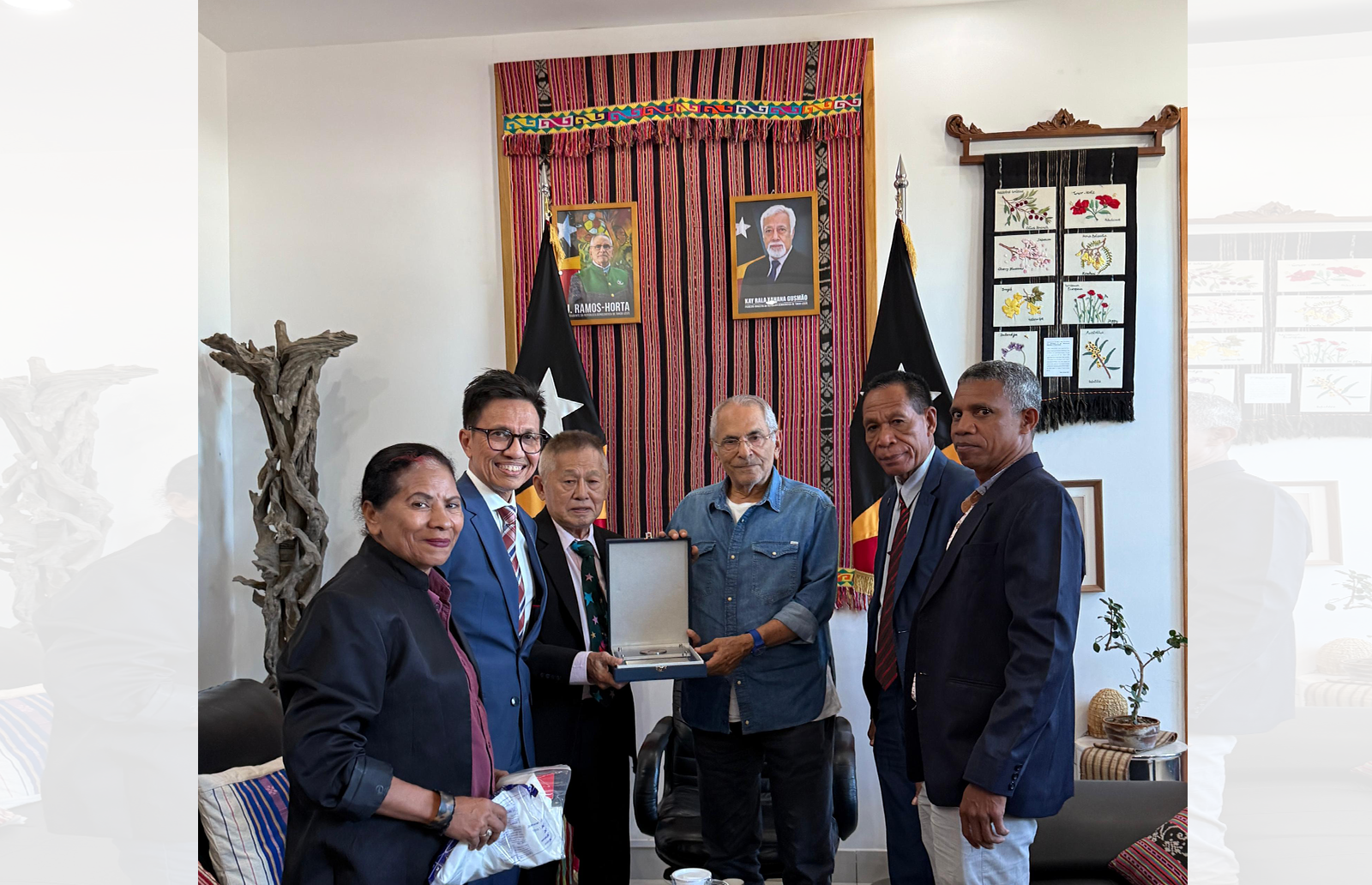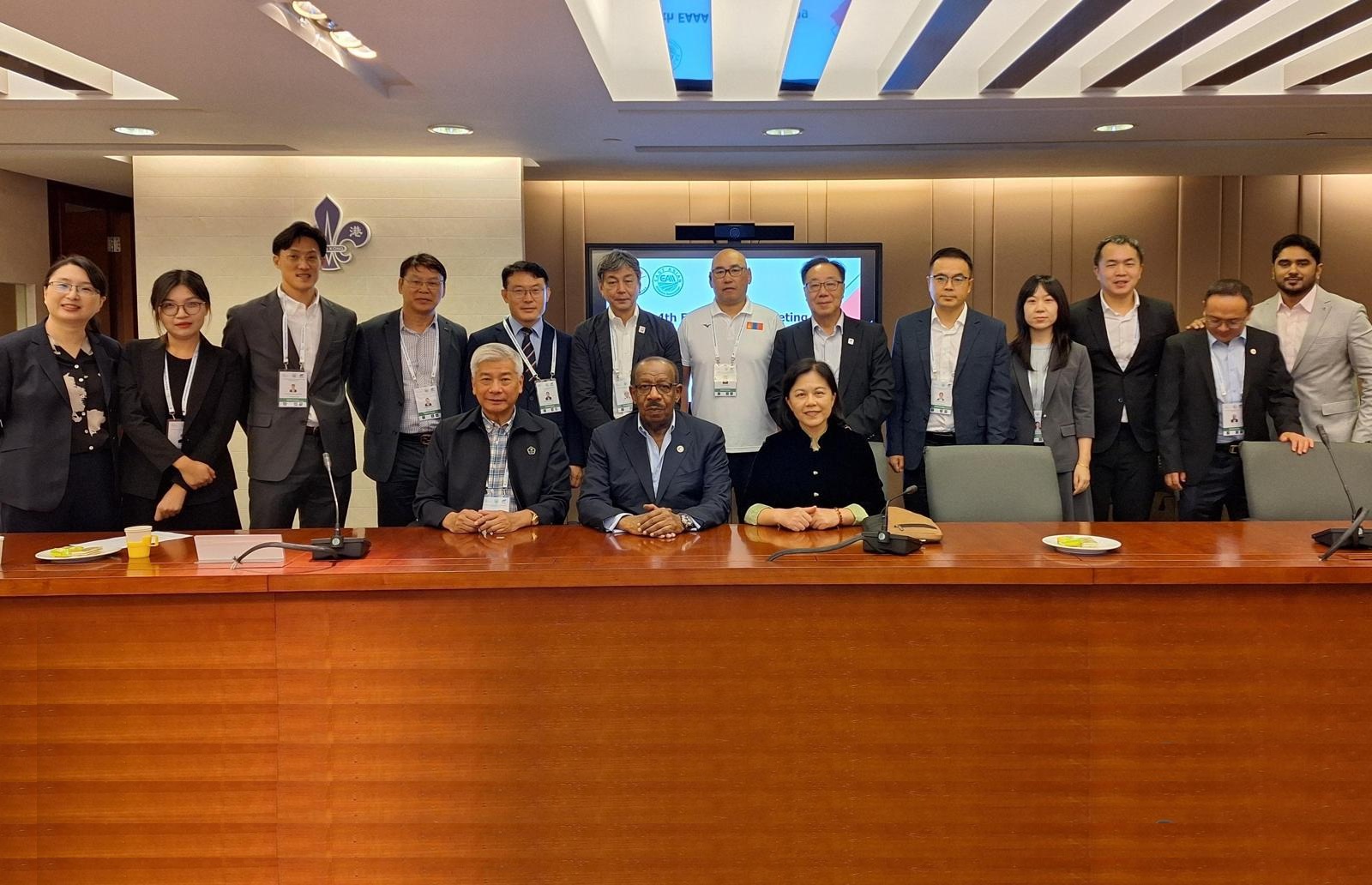
 In today’s society, women have taken on multiple roles to adapt to changes. Mothers, educators, homemakers, caregivers, workers, politicians, leaders, athletes are just some functions. They have continued meeting household and family responsibilities while at the same time working and trying to maintain personal interests. For centuries they have been the front runners for making changes, be it in the house or the society something as big as fighting for equal rights to votes or something as small as deciding what her family needs. She can bring about a change by voicing her opinions where necessary. Women have fought for everything they deserve, and today we are at a position where we can say that we are almost at par with men. The International Olympic Committee (IOC) constantly enhances gender equality. Although they have achieved significant progress in balancing the overall number of competing athletes, there are still numerous issues and gaps to overcome. In addressing these disparities, the IOC advocated leadership development, advocacy and awareness efforts, and the appointment of more women to significant administrative and governance roles. Despite the proactive initiative towards reaching gender equality in sports, female athletes still face numerous obstacles.
Women should be given a more inclusive role, notably in sports. The playing field for women is not level. Female athletes are paid less and given less financial assistance than their male counterparts. Female athletic events have fewer sponsors, media coverage, and spectators. Recently, Megan Rapinoe, the US National Women’s Football Squad captain, has negotiated successfully equal pay with the men’s team. This historic ruling should serve as the impetus for the athletic world to level the playing field between men and women. With rippling effects, equal pay fixes one mechanism in the cycle of inequity. Women’s sport could be a legitimate and acceptable alternative if female athletes’ compensation matches their male counterparts. When significant interest in women’s sports grows, the field becomes more competitive. The competitiveness would attract investment in resources, infrastructure and marketing with more commercial opportunities for revenue.
In recent years,there has been notable achievements in Asian athletics to level the playing field in recent years. Asian women officials have risen to the challenge when allowed to lead in officiating roles. Two International Starters, two International Photo Finish judges, one Area Technical Official, and one International Race Walk judge are among Asia’s finest. There are two Asian women on the World Athletics Gender Leadership Taskforce, one as a mentor and a member. When awarded formal assignments, these Asian women have risen to the occasion and handled their jobs with finesse and professionalism. Even though they have families to care for, they could balance family life, work, and passion. When working alongside male colleagues, these multitasking role models can hold high roles in officiating athletics events.
We must endeavour to establish a sporting atmosphere where males and females get recognition based on their accomplishments rather than their gender. However, male counterparts cannot sit on the sidelines to provide an equal playing field. While women advocate for gender equity in sports, our male counterparts must actively participate in the conversation for this to happen. As we commemorate women’s day, I encourage all ladies and gentlemen never to give up until we have achieved what is appropriate for our athletic community.
“A gender-equal society would be one where the word ‘gender’ does not exist: where everyone can be themselves”. – Gloria Steinem
DAHLAN AL-HAMAD , PRESIDENT, ASIAN AA
In today’s society, women have taken on multiple roles to adapt to changes. Mothers, educators, homemakers, caregivers, workers, politicians, leaders, athletes are just some functions. They have continued meeting household and family responsibilities while at the same time working and trying to maintain personal interests. For centuries they have been the front runners for making changes, be it in the house or the society something as big as fighting for equal rights to votes or something as small as deciding what her family needs. She can bring about a change by voicing her opinions where necessary. Women have fought for everything they deserve, and today we are at a position where we can say that we are almost at par with men. The International Olympic Committee (IOC) constantly enhances gender equality. Although they have achieved significant progress in balancing the overall number of competing athletes, there are still numerous issues and gaps to overcome. In addressing these disparities, the IOC advocated leadership development, advocacy and awareness efforts, and the appointment of more women to significant administrative and governance roles. Despite the proactive initiative towards reaching gender equality in sports, female athletes still face numerous obstacles.
Women should be given a more inclusive role, notably in sports. The playing field for women is not level. Female athletes are paid less and given less financial assistance than their male counterparts. Female athletic events have fewer sponsors, media coverage, and spectators. Recently, Megan Rapinoe, the US National Women’s Football Squad captain, has negotiated successfully equal pay with the men’s team. This historic ruling should serve as the impetus for the athletic world to level the playing field between men and women. With rippling effects, equal pay fixes one mechanism in the cycle of inequity. Women’s sport could be a legitimate and acceptable alternative if female athletes’ compensation matches their male counterparts. When significant interest in women’s sports grows, the field becomes more competitive. The competitiveness would attract investment in resources, infrastructure and marketing with more commercial opportunities for revenue.
In recent years,there has been notable achievements in Asian athletics to level the playing field in recent years. Asian women officials have risen to the challenge when allowed to lead in officiating roles. Two International Starters, two International Photo Finish judges, one Area Technical Official, and one International Race Walk judge are among Asia’s finest. There are two Asian women on the World Athletics Gender Leadership Taskforce, one as a mentor and a member. When awarded formal assignments, these Asian women have risen to the occasion and handled their jobs with finesse and professionalism. Even though they have families to care for, they could balance family life, work, and passion. When working alongside male colleagues, these multitasking role models can hold high roles in officiating athletics events.
We must endeavour to establish a sporting atmosphere where males and females get recognition based on their accomplishments rather than their gender. However, male counterparts cannot sit on the sidelines to provide an equal playing field. While women advocate for gender equity in sports, our male counterparts must actively participate in the conversation for this to happen. As we commemorate women’s day, I encourage all ladies and gentlemen never to give up until we have achieved what is appropriate for our athletic community.
“A gender-equal society would be one where the word ‘gender’ does not exist: where everyone can be themselves”. – Gloria Steinem
DAHLAN AL-HAMAD , PRESIDENT, ASIAN AA
Comments are closed.


